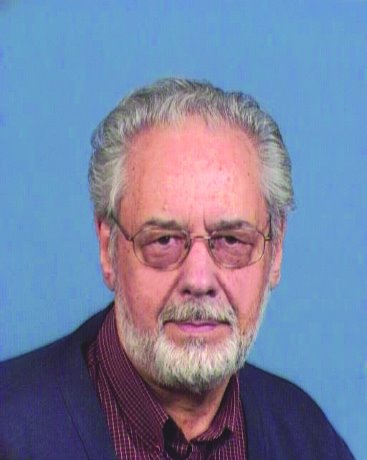When the idea of net-zero-energy buildings first surfaced a decade or more ago, many people dismissed the notion as simply a good idea that could never be realized. Too complicated, it was said. Too expensive.
But the naysayers (I was one) have been proven wrong. Today, there are a handful of net-zero buildings scattered across North America, including even Edmonton, and the bracing climate of a prairie winter.
As the last year wound down, we got word of a couple of large net-zero projects that show that if the idea isn’t yet in the main stream, it’s on its way.
In Wisconsin, Gundersen Health System, a system of hospitals, medical clinics and nursing homes, announced that its buildings are now producing more energy than they consume. That makes the first net-zero health system in the United States.
When thinking about net-zero, there is no such thing as a one-size-fits-all solution. The Gundersen project is a good illustration of that. The firm is achieving its net-zero status through a combination of energy sources. It is using biogas from three local farms, for example, and methane from a local landfill. It is using wood chips from local suppliers and solar energy from a system installed on a parking lot. It’s using geothermal energy and wind power from two local projects.
The result? Energy consumption is down by 40 per cent, saving $2 million a year. And the company earns another $2 million by selling surplus electricity and manure byproducts of biogas production.
Hospitals have been at the forefront of the evolving energy systems since late in 2012, when Superstorm Sandy flooded hospitals, forcing large-scale evacuation of patients. About 200 hospitals in the U.S. now use energy cogeneration systems, and many are developing local microgrids to help maintain electrical systems stressed by severe weather. Net-zero, after all, goes hand in hand with the concepts of sustainability and resilience.
Gunderson Chief Jeff Thompson said in an interview that the firm "did not set out to be the greenest health system." What it set out to do, he said, was to "make the air better for our patients to breathe, control our rising energy costs, and help our local economy."
The company also targeted waste reduction, and as a result, pharmaceutical and hazardous waste is down by 40 per cent and food waste by 70 per cent. Styrofoam is gone completely.
Another big net-zero project in the works is at an old industrial site in a suburb of Pittsburgh, where Almono LP has hired a prominent architecture and design firm to revamp the company’s master plan for the site with an emphasis on sustainability. The object is, says Almono, to set the standard for environmental and ecological friendliness.
Don Smith, who is president of the local industrial development corporation, also manages the site for Almono. He was instrumental in bringing in Perkins and Will, a design firm with an international reach, to study energy and water usage, storm-water management, and the carbon footprint created by the development and the building materials it will use.
It was Perkins and Will who did much of the work on Dockside Green, a redevelopment of waterfront property in Victoria. And it was work like that that led to the engagement of Perkins and Will for the Pittsburgh redevelopment.
"We didn’t just want to develop the site," said Smith. "We wanted to do it in a worldclass way."
The redevelopment will include more than 2 million square feet of office and research space, plus up to 1,200 housing units.
High-profile projects such as this, and the Gunderson sites in Wisconsin, are bound to get more people thinking of net-zero energy as a desirable way to build in a changing urban environment. I’ll come back to more on that next week.
Korky Koroluk is an Ottawa-based freelance writer. Send comments to editor@dailycommercialnews.com.











Recent Comments
comments for this post are closed